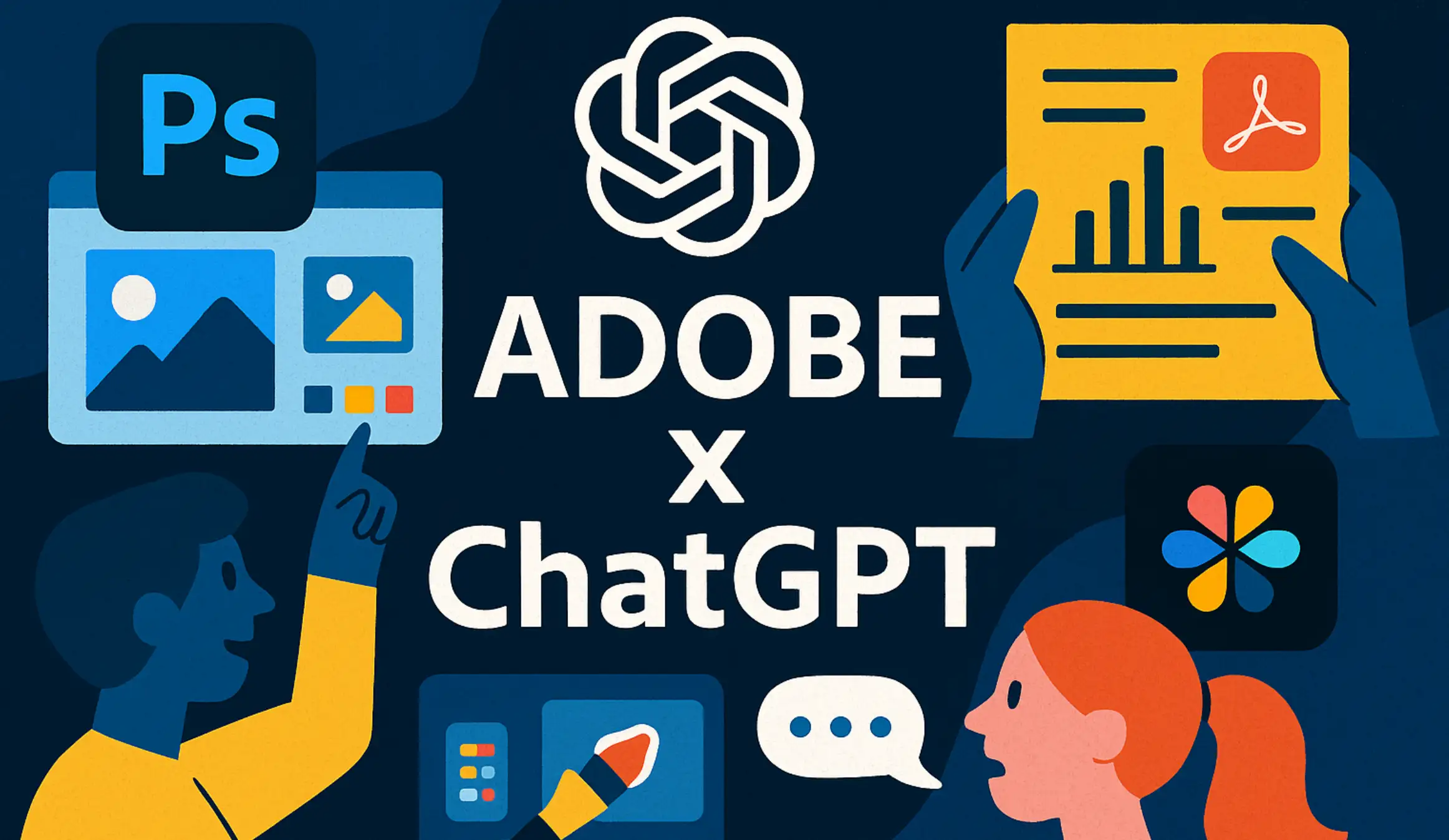The Role of Personalization in SEO: Tailor Your Content to User Interests
Updated on
Published on
.avif)
Businesses that secure top spots in Search Engine Results Pages (SERPs) guarantee increased traffic to their sites and a higher potential for converting visitors into customers. But reaching the top is no longer as simple as stuffing keywords in content—paying attention to what your target audience wants is vital. Identifying your audience helps you create customized content that speaks to them and inspires them to take the desired action.
Using customized content helps increase engagement and rankings by directly focusing on the user experience. What many businesses fail to realize is that personalization in SEO goes beyond conventional techniques because the focus is on creating content that would foster user-website connection. Now that you understand the role of personalization in SEO, you may be wondering how to create content to leverage this strategy. Let's find out now!

Collect User Data to Create Customized Content
Running a successful customized SEO campaign is about finding and analyzing user data. You need to know where your website stands and how your existing content performs in search engines. It seems intimidating, but with the use of the right SEO tools, it becomes simple.
Various platforms are available today with review sites to compare these options. For instance, Top 10 SEO Tools is one fine place to start your comparison. You can read reviews, compare features, and learn about how much value each SEO tool offers. Investing in these tools right off the bat may feel too much, but it will ultimately pay off by helping you make data-centric decisions.
Are you not interested in using a "paid" tool? No problem. Try Google Analytics instead, and you will get insights into user activity, page views, bounce rates, and session duration. Use these insights with Google Search Console to identify keywords that are likely to perform better.
To have a well-rounded strategy, you also need to get behavioural insights. Tools like Microsoft Clarity can work wonders here. The information related to irrational clicks, CTRs, and excessive scrolling comes in handy when planning a personalization strategy.
To seal the deal, be prepared to conduct feedback surveys—they really help collect qualitative data based on users' opinions and feedback. Monitoring social media interactions is another way to identify the latest trends that help you create personalized marketing campaigns.
Collecting these details won't cut it; you must learn to analyze and understand that data to identify user interests and run successful search engine personalization campaigns.

Focus on Creating Personalized Content
Because it enables websites to customize their content to each user's unique interests and preferences, personalization in SEO has become an integral component of contemporary SEO methods.
Businesses may dramatically increase user engagement, optimize site performance, and eventually raise their search engine rankings by putting dynamic content strategies into practice and segmenting their consumers.
If you have conducted enough research to find user interests, you will know the direction of your content to deliver a personalized message. For starters, you need to personalize content based on the age, gender, and demographic characteristics of our users. Ecommerce sites use this segmentation to offer specific products to different age groups.
Similarly, you can rely on behavioural personalization and optimization to examine user activity, including their purchase history, to tailor product recommendations. Interest-based personalization also helps in various situations.
Remember that real-time dynamic content adaptation is also necessary and depends on user interactions and attributes. This strategy improves SEO performance in addition to improving user experience.
Creating content based on location is one of the most crucial dynamic tactics, which helps prioritize content based on the user's location, including discount offers, deals, and more. Sometimes, it's better to use content that adapts, which means your content works smartly and changes with a change in device, the time of day, and other elements.

Make the Right Use of Customization Tools
Systems for customer relationship management (CRM) and artificial intelligence (AI) are essential to personalization. By analyzing user data, AI systems can forecast future behaviour and make dynamic content tweaks that improve the user experience.
For example, AI-powered solutions like Personyze and MoEngage employ machine learning to tailor emails, pop-ups, and online content depending on real-time visitor activity. These tools simplify creating data-driven content that proves more engaging and helps boost SEO by reducing bounce and increasing engagement rates.
Contrarily, CRM systems keep a wealth of client information, such as past exchanges, preferences, and purchase history. Targeting can be more accurate when CRM and personalization tools are integrated. For instance, a customer who often buys environmentally friendly goods might see content.
However, when using customization tools to create content, you should also incorporate basic SEO strategies to get the best results. For instance:
User-focused Content Development
It is essential to provide content that is specifically catered to the requirements and tastes of your target audience. This calls for an awareness of your target audience's search intent, habits, and preferences. You may create content that speaks to the distinct interests of various user segments by utilizing AI and CRM data, making your content more relevant and appealing.
Optimizing for Local Search Engine
The user's location is often a personalization factor. You may improve your exposure in local searches by implementing location-based keywords into your optimization and keeping up-to-date company listings. Because it guarantees that customers see the most relevant information based on their geographic location, this is especially useful for firms with various locations.

Be Sure to Measure the Effectiveness
When you go all-in with your personalization efforts, it's important to check the effectiveness of your campaigns periodically. You can track specific performance metrics, such as click-through rate (CTR), average revenue per user (ARPU), customer feedback scores, and conversion rates.
This means that if your SEO personalization efforts bear any fruit, you will see a positive change in CTR, ARPU, and conversation rates. It's also a good idea to compare how your personalized and non-personalized pages perform in search. You can do that by checking their clicks, impressions, rankings, conversions, and revenue. Google Search Console and Google Analytics can help in this regard—and so can A/B testing software that not just monitors but also analyzes these results.
By tracking these metrics, you will be in a better position to tweak your campaigns and get the desired results. Just remember, personalized marketing can help businesses get better results when done correctly. For instance, Starbucks carried out a personalization marketing campaign, sending 400,000 messages to people and noticing a threefold increase in offer redemptions.
Conclusion
As the competition becomes stiffer in the world of online business, it's vital to utilize every tool to help your business stand out. Running an SEO personalization can definitely help. The idea is to leverage user data and take advantage of advanced algorithms to create content that talks directly to your target audience. Remember that you should always be ready to make necessary changes based on KPIs you need to track regularly.







